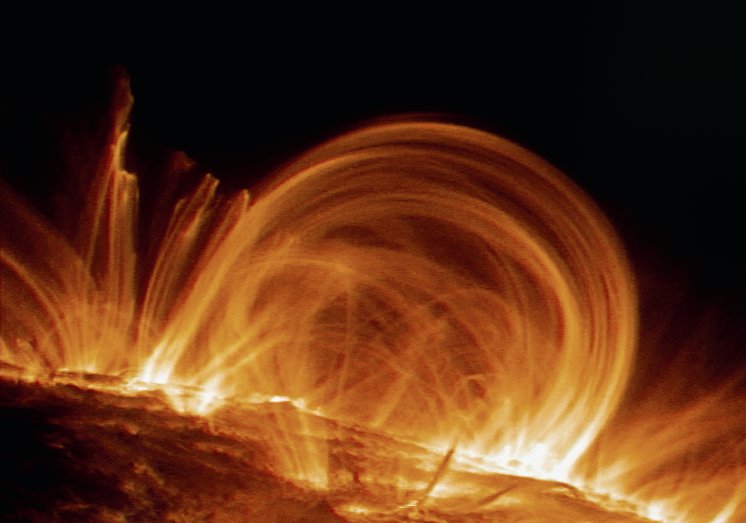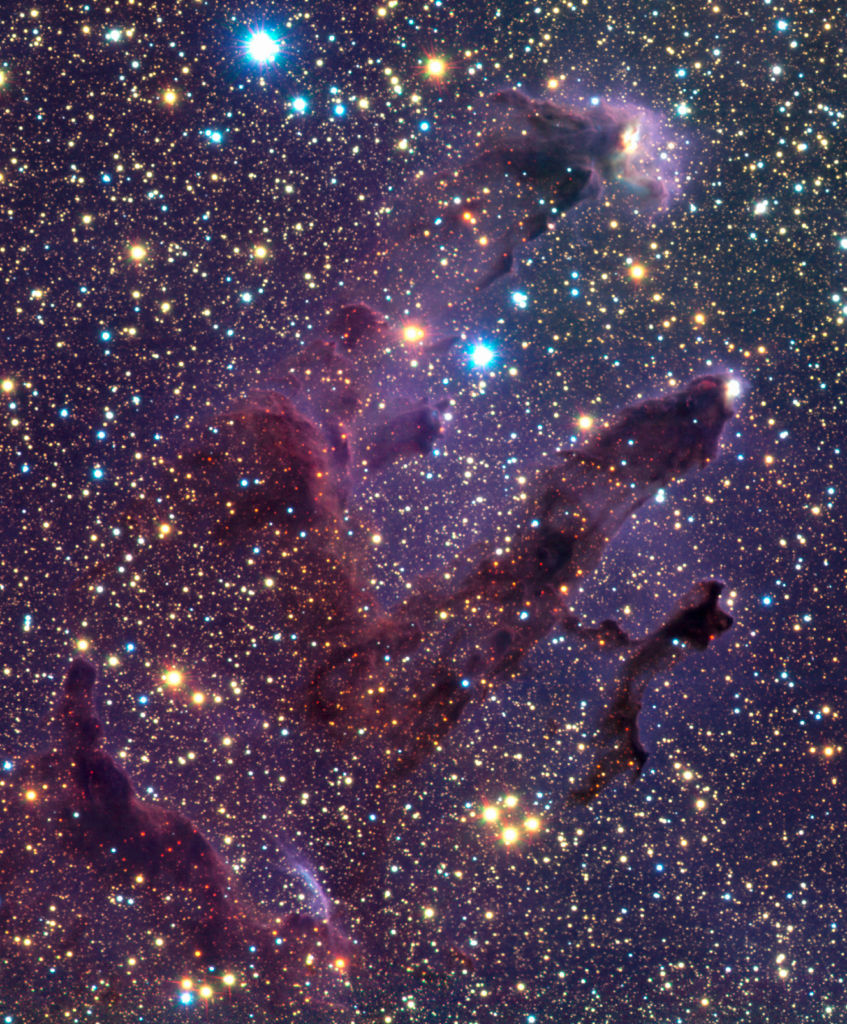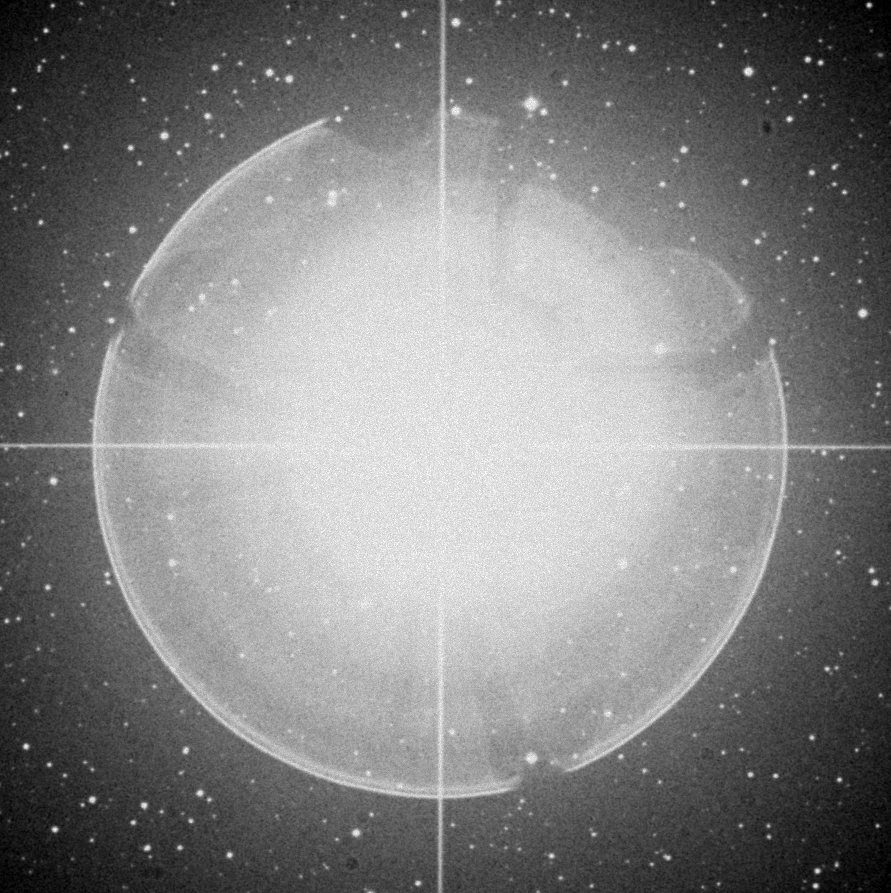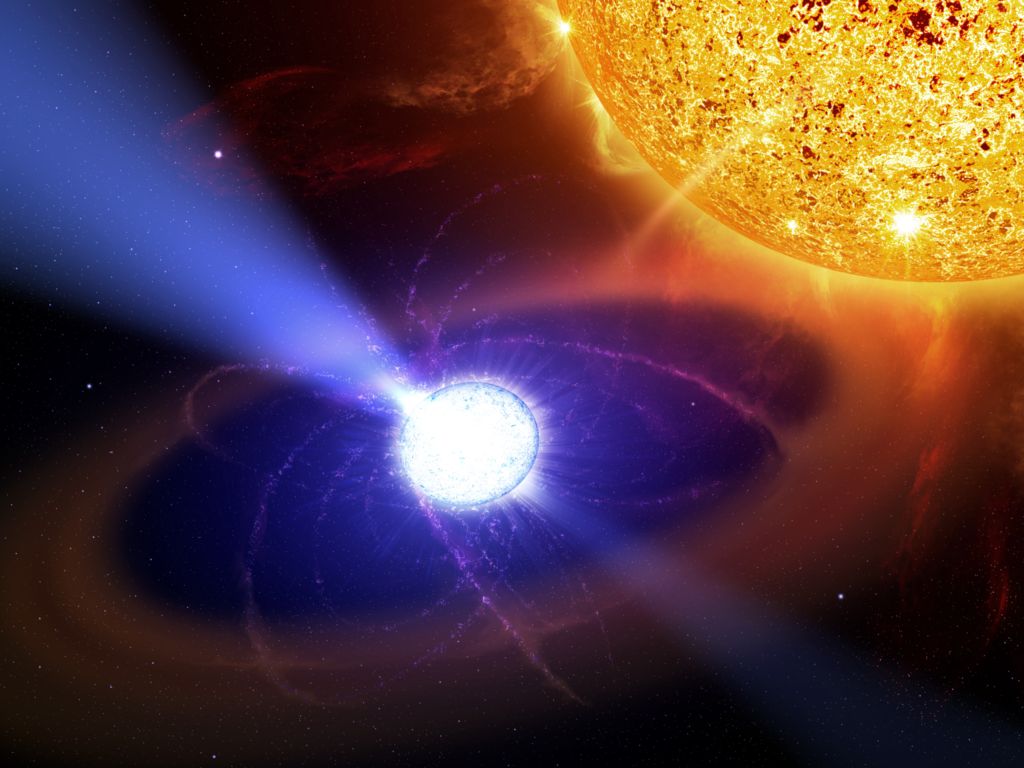Stars have always fascinated astronomers and scientists alike. Some wondered whether there could be sun-like stars and a solar system similar to our own in other galaxies. Others have wondered how stars form and what processes they go throughout their lifetime. A star is formed when a chunk of gas (molecular gas) collapses onto its own gravity. When a molecular cloud reaches a certain mass (Jeans mass) and length (Jeans length), the cloud deviates from being in hydrostatic equilibrium and collapses. When a system is in hydrostatic equilibrium, its gravitational force is equal to its internal pressure. Hence, the system neither explodes nor implodes. However, for a star to form, the gravitational force within the cloud must be greater than its internal pressure.

Actual image of the Sun’s photosphere. The outer most part of the photosphere (arch-like structure) is known as Corona. Courtesy of NASA.gov.
Early life of sun-like stars
As the molecular cloud implodes due to the imbalance of forces within, the temperature rises. When the cloud’s temperature reaches 10,000 K, nuclear fusion starts taking place. Nuclear fusion causes the cloud to radiate light and a protostar is born. This stage in stellar evolution is known as pre-main sequence. During this stage, Deuterium fuses into Helium-3. Further imbalance in forces causes the protostar to collapse more, hence, increasing its core temperature. When the core becomes hot enough to burn Hydrogen into Helium, the star enters the main sequence phase. This phase is often the longest stellar evolution phase because burning Hydrogen into Helium is a relatively slow process. In fact, around 90 percent of stars in the observable universe are main sequence stars.

Hubble Space Telescope took an infrared image of the Eagle Nebula. The nebula consists of molecular gases that give birth to sun-like stars. When the cloud reaches Jean’s mass or length, it collapses until nuclear fusion starts taking place. The bright dots seen within these clouds are new sun-like stars forming.
Red Giant phase
As stated before, during the main sequence phase of a star’s lifetime, Hydrogen fuses into Helium. When all of the Hydrogen burns into Helium, the star’s core continues to get hotter until its temperature gets high enough for Helium to burn. However, Helium doesn’t burn subsequently after a star exits the main sequence phase. This transition period is known as the Red Giant phase. When a star discontinues nuclear fusion, there becomes an imbalance in Hydrostatic Equilibrium. In other words, when Hydrogen stops burning into Helium, the force exerted by the star’s gravity exceeds the internal pressure. Hence, the core starts to collapse inward. As the core contracts, the star’s outer material (envelope) starts to expand. This phase in a star’s evolution is known as the Red Giant phase.

Betelgeuse is the ninth brightest star in our nightly sky. The star is considered a red giant and is located approximately 643 light years away from Earth. The core of this star has exhausted the supply of Hydrogen and is contracting due to gravity. The contraction causes the star’s envelope to expand. Courtesy of Wikimedia commons.
Helium fusion
As the core continues to collapse due to its own gravity, the core’s pressure and temperature increases. Eventually, the temperature get high enough for Helium burning to start taking place. This stage in stellar evolution is known as Horizontal branch. A star spends a considerate amount of its lifetime in this stage. Just for context, it will take over 2 billion years for a sun-like star to completely fuse Helium into Carbon. Since the star’s core provides enough energy to compensate gravity, besides local perturbations, the star remains at a constant size. After the star uses all of its supply of Helium as fuel, it enters a phase similar to the red giant phase.
Asymptotic Giant Branch (AGB)
The Carbon core starts to heat up after Helium fusion, resulting in distinct Hydrogen and Helium burning shells bordering it. A peculiar event called Helium flash takes place when Hydrogen shell starts burning into Helium. The process releases a tremendous amount of energy in the form of light. Asymptotic giant Branch (AGB) is defined as a phase in stellar evolution when a star’s Carbon core does not start burning into higher elements. Similar to the red giant phase, the star’s core collapses because the star is not in a state of hydrostatic equilibrium. In addition, the star’s outer envelope starts to expand until it becomes a supergiant.
Post AGB stage: White Dwarf
A star whose mass is similar to that of our sun will become a white dwarf following the AGB stage. When the Carbon core contracts due to the star’s gravity, the internal pressure of the core eventually reaches a point called electron degeneracy pressure. If the gravitational force of the star balances the internal electron degeneracy pressure, then a new hydrostatic equilibrium forms. When this happens, the envelope of the star completely sheds outwards and creates a ball of dust and gas (Planetary Nebula). The remnant core is called the White Dwarf. Since there is no longer an active source of energy in the core, the core eventually fades.

An artist’s depiction of a white dwarf in a binary system. White dwarfs are usually formed when cores of sun-like stars can no longer contract. Courtesy of Wikimedia commons.
References
- White Dwarf – Wikipedia https://en.wikipedia.org/wiki/Gravitational_wave
- Red Giant Evolution – University of Oregon http://abyss.uoregon.edu/~js/ast122/lectures/lec16.html
- The End of the Sun – Northwestern University http://faculty.wcas.northwestern.edu/~infocom/The%20Website/end.html
- How is a star born? https://www.scientificamerican.com/article/how-is-a-star-born/
